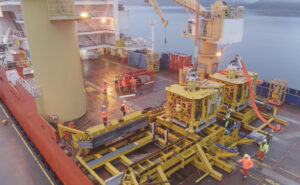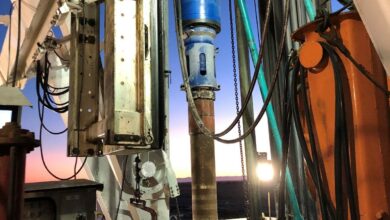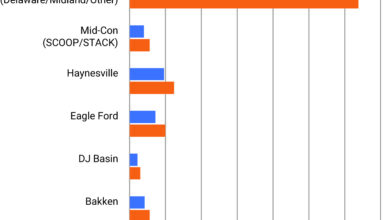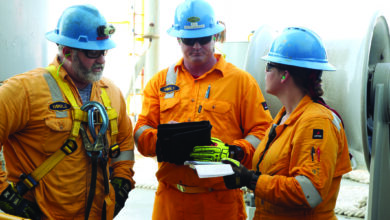Open Group technology consortium launches Mercury Release of OSDU Data Platform

The Open Group, a vendor-neutral technology consortium, recently announced the Mercury Release of its OSDU Data Platform. Developed by the Open Group OSDU Forum – which includes companies like Shell, BP and IBM – the OSDU Data Platform is an open-source, standards-based and technology-agnostic data platform for the energy industry. It aims to stimulate innovation and industrialize data management.
Over time, the OSDU Data Platform expects to provide access to a vast portfolio of open and proven vendor-developed applications from a broad range of energy sources. By accessing this ecosystem, developers no longer have to develop and maintain the monolithic architecture needed to deliver unique value-add services.
With a single set of well-defined and industry-specific application programming interfaces, organizations can easily accelerate platform design and develop proprietary applications on top of the OSDU Data Platform.
With an open-source approach, any company can contribute new features to the platform, supporting a variety of business workflows. All work is validated by the OSDU Program Management Committee to ensure it is aligned with the overall direction of the forum.
Established in 2018, the OSDU Forum has accumulated more than 185 member organizations. “With a standard data platform, energy companies will be able to drive innovation by integrating digital technologies and utilizing open standards for better decision making,” said Steve Nunn, President and CEO of The Open Group.
Horizontal Subsea trees installed without a drilling rig
Neptune Energy recently installed four enhanced horizontal subsea tree systems (EHXT) for the Duva development project in the Norwegian sector of the North Sea. The installation was carried out by a vessel instead of a rig.
The Duva development, on Production License 636, is a subsea tieback to the Gjøa semisubmersible facility. Neptune is the operator of both the Duva project and the Gjøa facility.
While conventional installations of EHXTs are carried out with a drilling rig, Neptune conducted the installation using the vessel Far Samson, operated by Solstad Offshore.
Deploying the subsea trees from a vessel saved about 20 days of rig time, according to Neptune. That’s equivalent to approximately $12 million in savings for the license partners.
Further, the partners believe emissions were reduced by more than 60% during installation activities. That calculation is based on direct emissions from operating a drilling rig with associated support vessels and helicopter transport, versus the use of one vessel.
This was the first time Neptune Energy has installed EHXTs in a standalone operation with a vessel. The EHXTs were deployed on the template wellheads over an 18-hour period, with the total installation and subsea system testing completed within eight days. The operation was carried out in cooperation with TechnipFMC, Ross Offshore, Solstad Offshore, Oceaneering, Fugro, IKM and Tigmek.
Workstrings provides drill pipe for record-breaking flowline cleanout in GOM
Workstrings International recently supplied the 4-in. CTM26 drill pipe that was used in a record-breaking 28,789-ft flowline cleanout operation in the US Gulf of Mexico (GOM), the company announced. The pipe was supplied as an alternative to coiled tubing to decommission approximately 29,000 ft of 10×6-in. insulated pipeline in the Gulf of Mexico (GOM).
The project consisted of retrieving and removing a pipeline end termination (PLET) to surface of an intervention vessel. A snubbing unit was also used to rig up and intervene inside the pipeline with an optimized drill pipe workstring to perform washing/flushing operations until reaching the second PLET. A cap was then installed on the first end of the pipeline and placed back in the original trench on the seafloor.
This record for offshore snubbing unit/hydraulic workover was set onboard the Q4000 vessel.
Rig trial completed for integrated MPD/automated Well Control technologies
A rig trial to integrate Safe Influx’s Automated Well Control system with Weatherford’s Victus intelligent MPD system has been completed. A series of tests were performed on Weatherford’s test rig in Houston. If the parameters within the well’s operational envelope are exceeded, the Weatherford MPD system sends a series of real-time signals to the Safe Influx system, which then commences the automated shut-in sequence.




